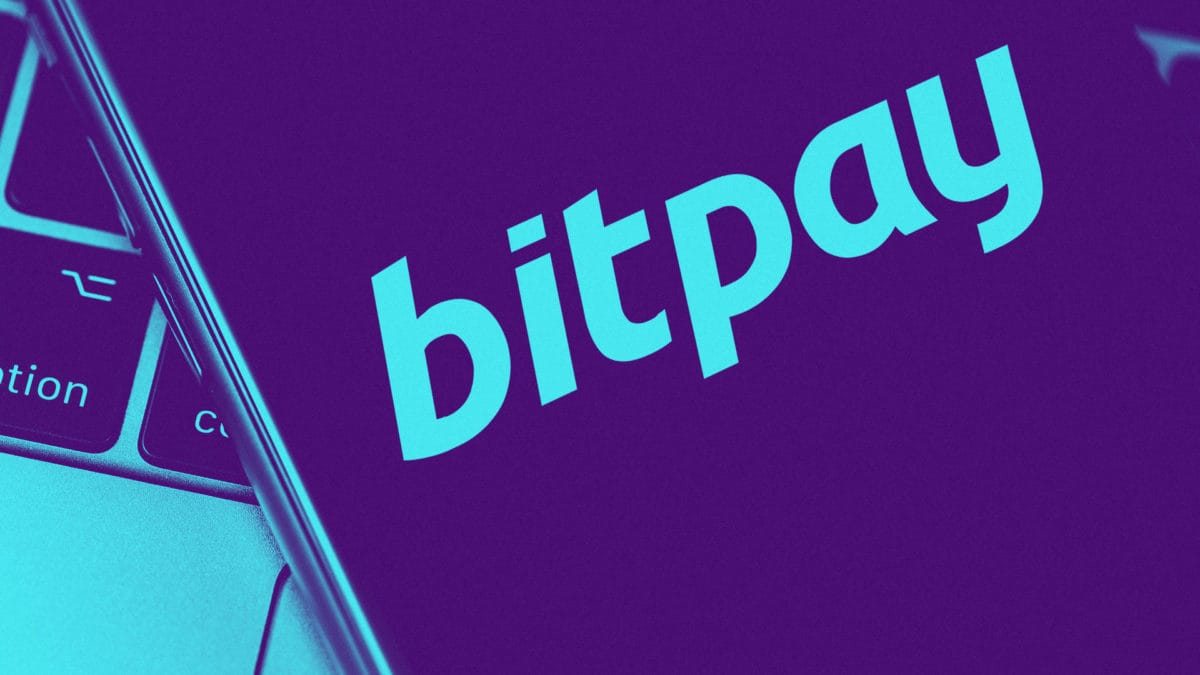
By Daniel Scott, CEO of CoinCorner
BitPay have been trying for a while now to force their users and the industry to use BIP70 Payment Protocol invoices when paying with Bitcoin, however, this move seems to have backfired on them, as the rest of the industry have been reluctant to make their wallets compatible. This has only resulted in a very poor user experience – and backlash – when trying to pay with Bitcoin via one of BitPay’s merchants, which then reflects poorly on the industry as Bitcoin is portrayed as difficult to use.
We are, of course, all for innovation and implementing new features, but feel it would have been a much smoother transition if BitPay had just kept the option to pay with a standard Bitcoin address, while giving the rest of the industry time to move with them.
BitPay is the biggest cryptocurrency payment processor in the world, but regardless of size or monetary backing, you can’t force the Bitcoin industry – it’s decentralised by nature which becomes apparent when a company like BitPay tries to steer the industry in a direction that it does not want to go. If the decision to remove the BIP70 protocol is introduced, then BitPay will have no choice but to revert back to their original model, which is what the majority of the industry continue to use – this decision basically forces BitPay to choose between the future of the company and the future of industry.
Due to the unpredictable nature of the industry, we’ve always made a conscious effort to stay nimble and reactive – something that is often a very different way of thinking for businesses and sometimes means running without a clear or concise plan – but we accept that this is the way the industry works and we choose to be a part of that. Our own Bitcoin payment processing service, CoinCorner Checkout, uses the standard Bitcoin payment method – a decision that we made with both the industry and the end user (both merchants and consumers) at the centre of it.
Tradersdna is a leading digital and social media platform for traders and investors. Tradersdna offers premiere resources for trading and investing education, digital resources for personal finance, market analysis and free trading guides. More about TradersDNA Features: What Does It Take to Become an Aggressive Trader? | Everything You Need to Know About White Label Trading Software | Advantages of Automated Forex Trading









